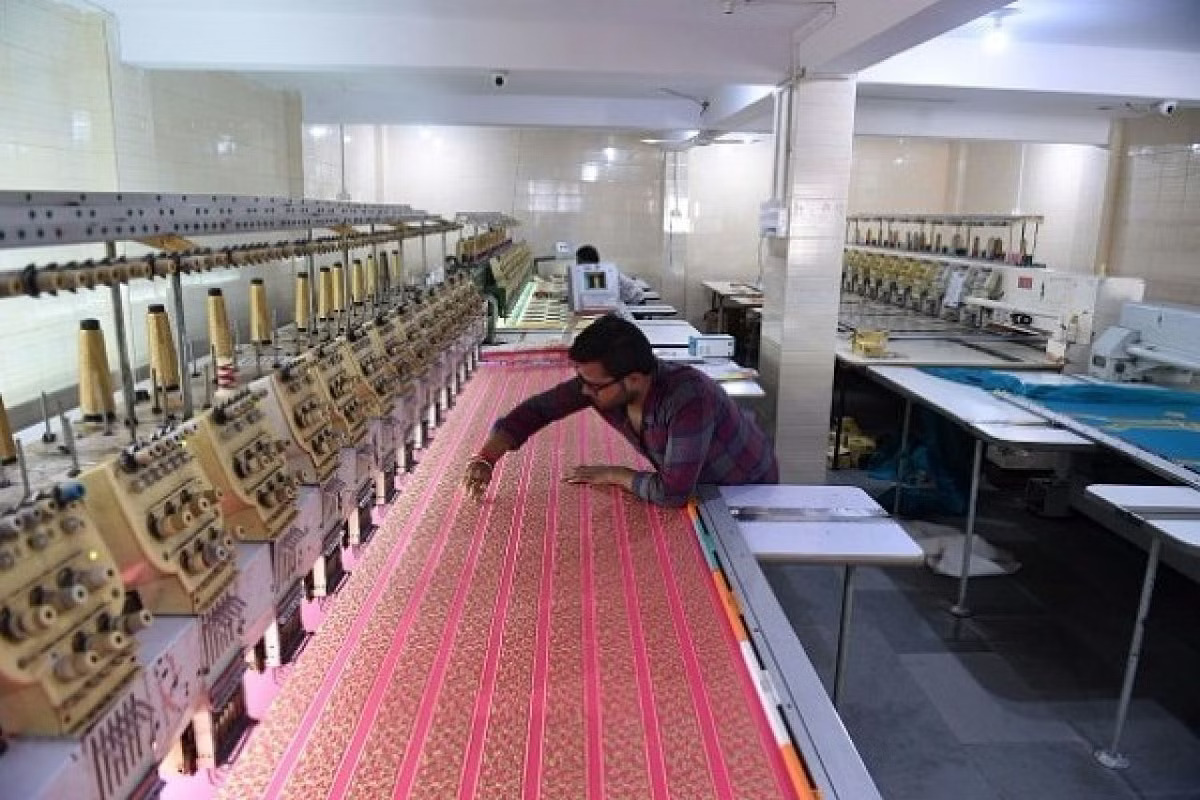We take pride that our nation is one of the oldest manufacturing countries in the world. We are people who cultivated cotton from our vast fertile plains and weaved our own silk using the spinning wheel. While the Mauryas made the Gangetic plains the major textile manufacturing center, the Cholas aimed for the skies and took silk export across oceans. If India in the 3rd century BCE already set up its own established silk trade, then it’s no surprise that in 2022, we’re the 6th largest exporter of textiles in the world.
It is true! This industry directly/indirectly employs about 4 crore people and single-handedly generates 1/3rd of the export revenue. Statistically, it contributes to 2% of India’s GDP and is looking at yet another amazing year after a successful 2022.
So, what made 2022, the year that became a milestone? Let’s discuss the key impacts of technology – the reason behind the nation’s magnificent feat.
2022 – Year of the Highest-ever textile exports in India
The Indian Textile industry: 1 Pandemic: 0
The pandemic truly had nothing on this industry and there was a clear winner at the end. This is because the textile business is self-sustaining and there is still enormous scope for growth.
Globally, India is in the top 5 exporters of home textiles, filament yarn, natural fiber, and woven fabric. Our strength comes from the large raw material base and the availability of skilled manpower in an ever-growing domestic market.
The mill sector is the second largest in the world, which also owes its success to technology. India owns about 3400 textile mills that include a massive total of 50 million spindles and over 8.4 million rotors. These composite textile mills comprise of 3 important steps in the manufacture of garments: spinning, weaving and processing – all under one roof. Techniques like air-jet weaving and rapier weaving with the help of advanced machinery have catapulted productivity to greater levels.
Our exports saw an overall growth of 49% by June 2022, a giant leap that set a new record. The major sectors that showed improvements are cotton textiles, readymade textiles, and handicrafts. The exports saw a huge hike to regions like the USA, Bangladesh, UAE, and EU.
Technological Advancements Spearheading the Industry
Sustainable Fabrics:
- In a growing trend towards sustainable and ethical fashion, one area that has seen significant development in our nation is the production of eco-friendly alternatives to traditional leather. Plant-based materials such as Pinatex, Mycelium, orange fiber, coffee ground fiber, and banana fiber have become great alternatives to leather.
- Pinatex is made from pineapple leaves, while Mycelium is derived from mushrooms. The increasing production of these natural fibers greatly reduces the environmental footprint and a great way to tread towards a sustainable future.
- Another great initiative in the Indian textile industry is the usage of techniques such as “digital printing” and “air dyeing / CO2 dyeing” instead of traditional dyeing of clothes. These techniques ensure minimal water usage and prevent contamination of the surroundings. Investments from big companies are already pouring in for “air dyeing” and this is expected to make new tides in the coming years.
Antiviral Textile:
This is a new technology fabric that boasts anti-viral properties. The revolutionary fabric is claimed to be the first of its kind that can effectively combat the coronavirus.
The technology involves the application of a special chemical to the fabric which makes it resistant to viral particles and can be used for a variety of clothing items, including shirts, suits etc. The introduction of this technology was a much-needed solution, especially in these unprecedented times.
Technical Textiles:
Here is a category of textiles that are primarily designed for their functional properties rather than their aesthetic appeal. These fabrics are durable, economical and sustainable. Therefore, its growing demand has led to a surge in the production of technical textiles worldwide, with the Indian government being one of the key supporters of this sector.
Our country is already taking significant steps towards maximizing the potential of technical textiles as it can not only boost the economy but also promote innovation and advancement in the textile industry. Head over to Rasvriti to check out some of the most gorgeous sarees in the country, made by home-grown artisans.

